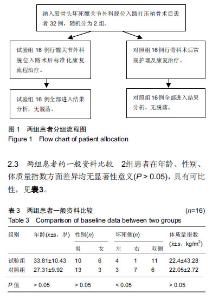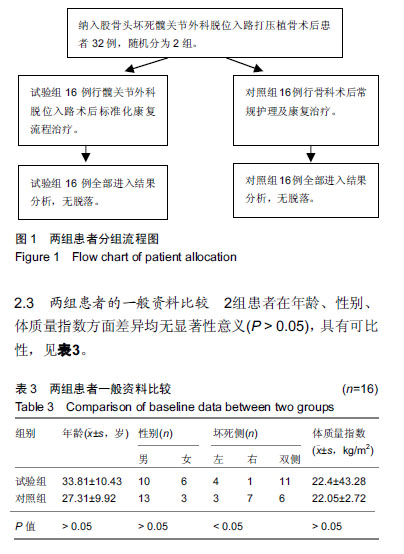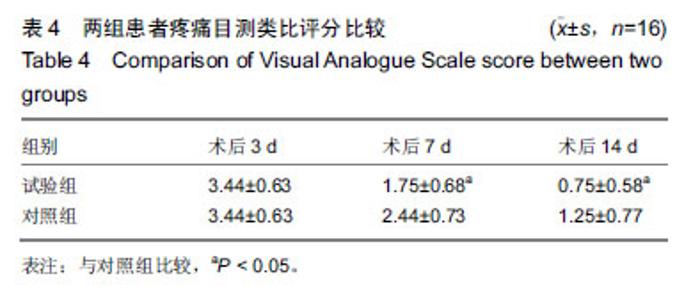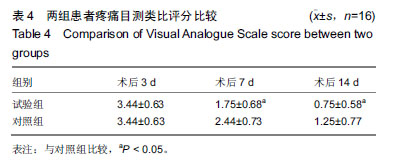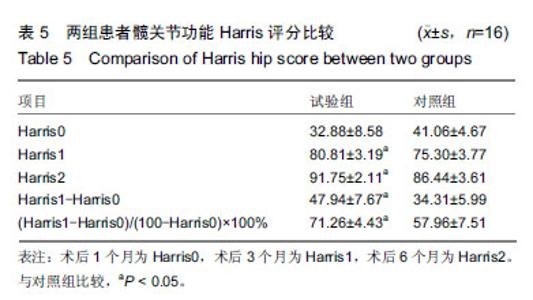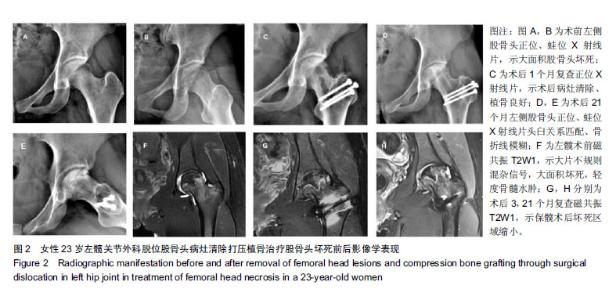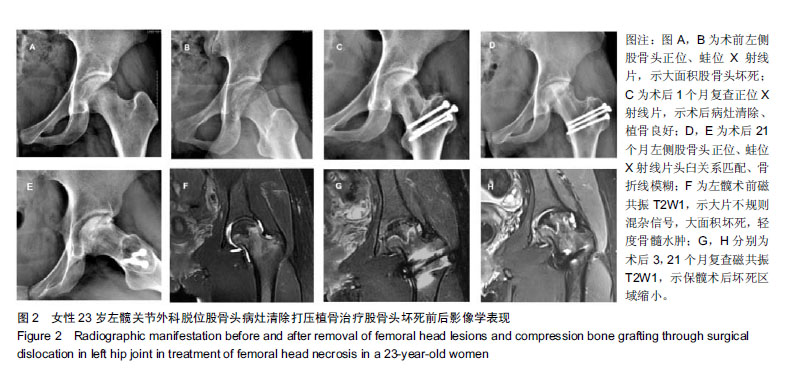Chinese Journal of Tissue Engineering Research ›› 2019, Vol. 23 ›› Issue (24): 3812-3818.doi: 10.3969/j.issn.2095-4344.1231
Previous Articles Next Articles
Hip-preserving efficacy of ultra-early rehabilitation after bone grafting through surgical dislocation approach in osteonecrosis of the femoral head
Chen Haicheng1, Yuan Yingjia1, Huang Chuyao2, Chen Guoming3, Wei Qiushi1, Chen Cong1, Zhou Chi1
- 1the First Affiliated Hospital of Guangzhou University of Chinese Medicine, Guangzhou 510405, Guangdong Province, China; 2Clinical Medical College of Acupuncture, Moxibustion and Rehabilitation of Guangzhou University of Chinese Medicine, Guangzhou 510405, Guangdong Province, China; 3the First Clinical Medical College of Guangzhou University of Chinese Medicine, Guangzhou 510405, Guangdong Province, China
